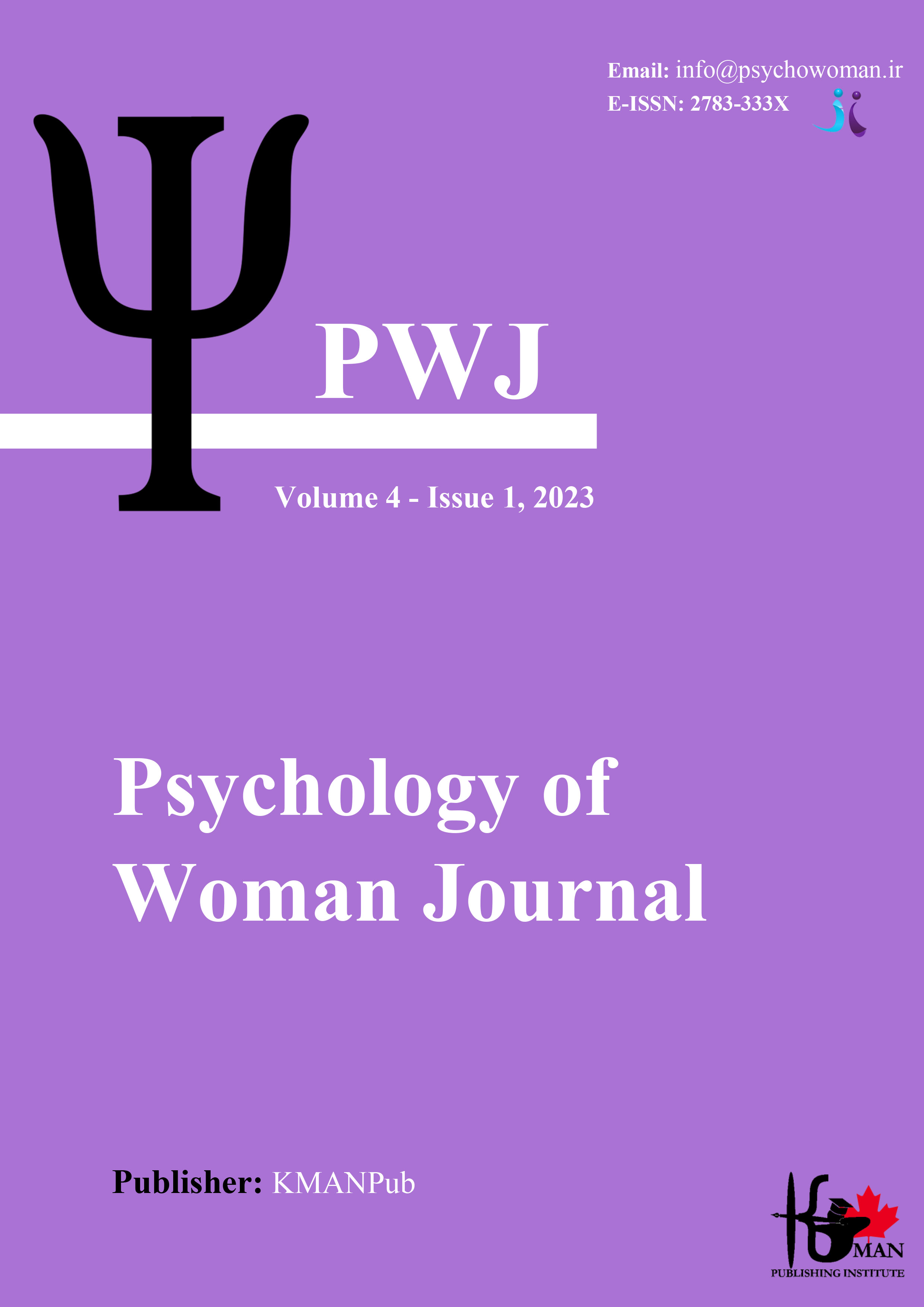The effectiveness of transactional analysis (TA) on women's quality of life and marital burnout of divorced women in Shahr Kashan
Keywords:
Transactional analysis, quality of life, marital dissatisfaction, divorced womenAbstract
Objective: This research aimed to measure the effectiveness of the transactional analysis on women's quality of life and marital dissatisfaction of divorced women in Kashan City.
Method: This research was applied in terms of purpose, and its method was quasi-experimental. The statistical population of the research included all divorced women of Kashan City. Thirty divorced women from Kashan City, 15 (experimental group) and 15 (control group) were selected as the sample size. The data collection tool was Pines Marital Burnout Questionnaire (1996) and Var and Sherbon Quality of Life Questionnaire (1992). Multivariate analysis of covariance (MANCOVA) and SPSS26 software was used to analyze the research data.
Results: TA significantly affected the experimental group's quality of life (physical function, social function, physical role-playing, emotional role-playing, mental health, vitality, physical pain, and general health) and marital burnout (physical fatigue, emotional exhaustion, and psychological exhaustion).
Conclusion: The research showed that TA increases the quality of life and reduces the marital dissatisfaction of divorced women in Kashan City.
Downloads
Downloads
Published
Submitted
Revised
Accepted
Issue
Section
License
Copyright (c) 2023 Atieh Boostani, fatemeh sadat tabatabaei nejad (Author)

This work is licensed under a Creative Commons Attribution-NonCommercial 4.0 International License.










